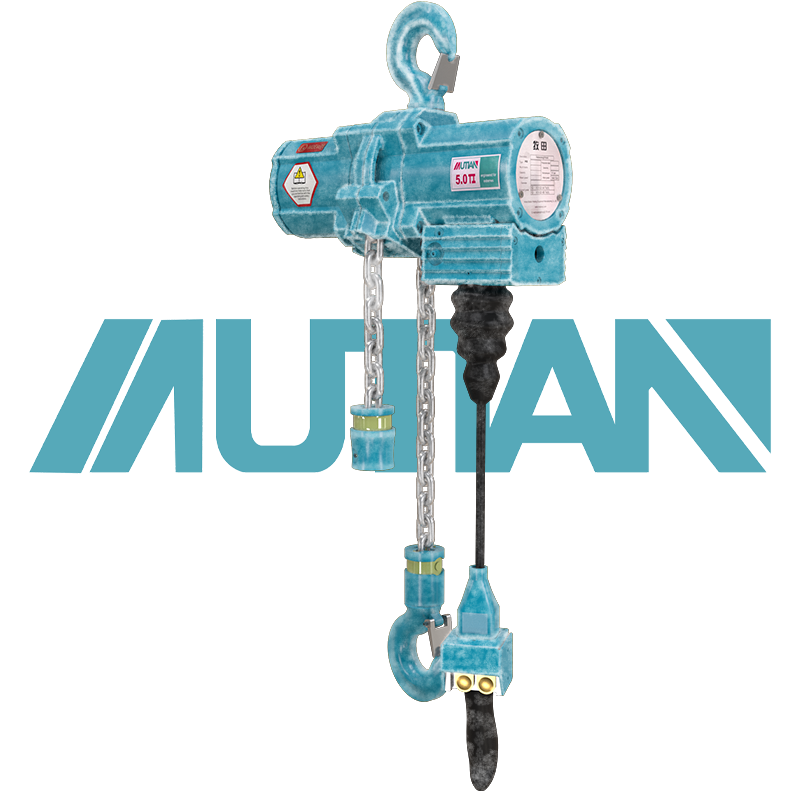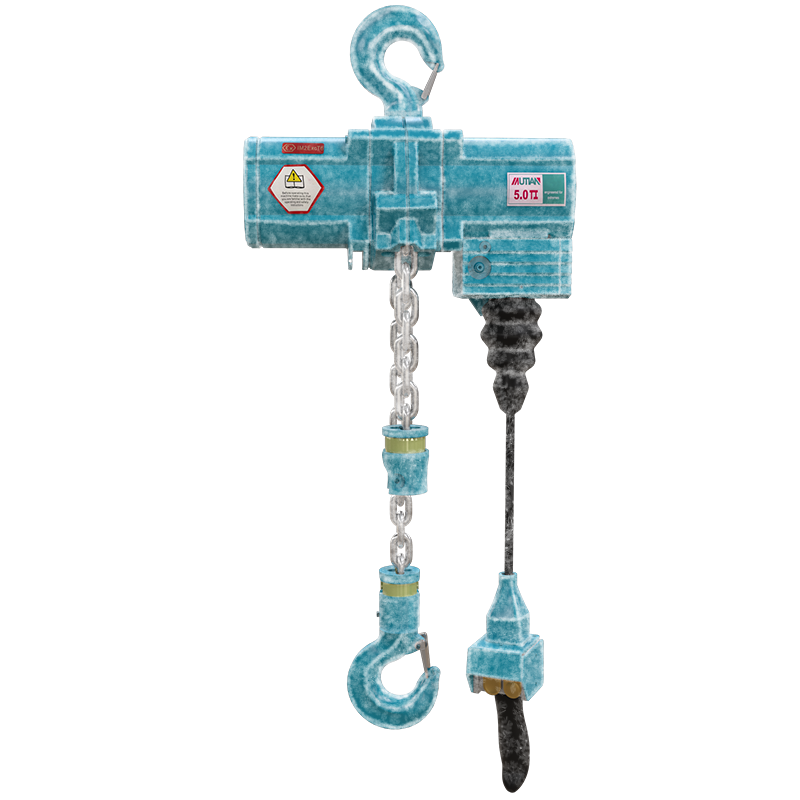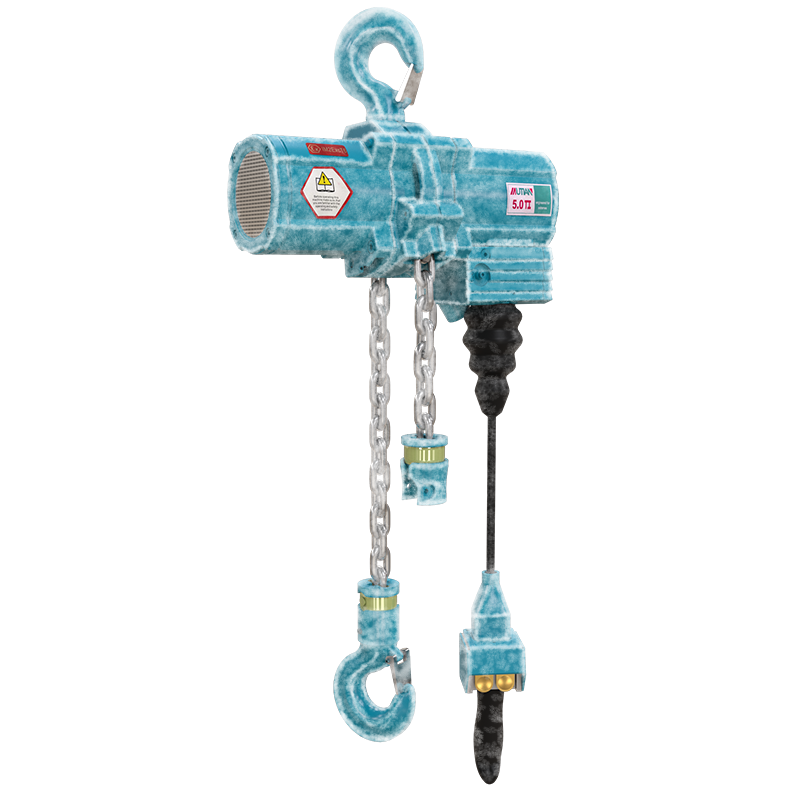 中文版
中文版



Welcome to contact us by phone:0086-0312-7969888
The internal structure of a low-temperature-resistant pneumatic hoist may vary depending on the specific design and manufacturer. However, in general, low-temperature-resistant pneumatic hoists are built with materials and components that can withstand cold environments. Here are some key features and components that may be part of the internal structure:
Sealed Components:
To prevent the entry of cold air and moisture, low-temperature-resistant pneumatic hoists often feature sealed components. This includes sealed gearboxes, motors, and other critical parts to protect them from the effects of low temperatures.
Cold-Resistant Lubricants:
Lubricants used in the hoist are selected for their ability to perform effectively in cold temperatures. Cold-resistant lubricants help maintain smooth operation and prevent components from freezing or becoming stiff in low temperatures.
Specialized Seals and Gaskets:
The hoist may incorporate specialized seals and gaskets made from materials that remain flexible and resilient in cold conditions. These seals help maintain the integrity of the internal components and protect against the ingress of cold air and moisture.
Low-Temperature-Resistant Materials:
Critical components, such as gears, chains, and housing, may be constructed from materials specifically chosen for their ability to withstand low temperatures. These materials retain their mechanical properties even in cold environments.
Insulation:
Insulation may be applied to certain components to help maintain a stable internal temperature. This is particularly important for critical parts that could be adversely affected by extreme cold.
Pneumatic System Design:
The pneumatic system itself may be designed with components that are less prone to freezing or becoming brittle in low temperatures. This includes the air lines, valves, and other pneumatic elements.
Freeze-Resistant Features:
Some low-temperature-resistant pneumatic hoists incorporate design features to prevent freezing. For example, freeze-resistant air lines may be used, or mechanisms may be in place to prevent the accumulation of ice on critical components.
Temperature Sensors and Controls:
Hoists designed for low temperatures may include temperature sensors and controls. These features help monitor the operating temperature and, in some cases, adjust the hoist's performance to ensure optimal operation in cold conditions.
It's important to note that the internal structure of low-temperature-resistant pneumatic hoists can vary among manufacturers and specific models. Users should refer to the product documentation provided by the manufacturer for detailed information on the internal design, materials used, and any specific features that enhance the hoist's performance in cold environments.


X